Finishing cattle off grass: Reports around the country are that cattle are killing very well off grass and that fat covers are also doing very well with little or no feeding.
Cattle that are being targeted for finishing off grass will put on fat cover fast in good conditions, so keep a close eye over the coming weeks to ensure cattle do not run out of spec.
With beef prices holding well, it could be a year to try and finish cattle earlier and get next year’s stores bought in to capitalise on a month or two at grass to get some cheap liveweight gain on before housing.
If cattle to be killed next month appear lean, start meal feeding or increase the level of meal being fed.
Grass will provide more than enough protein for the animal, so buy a high-energy ration (UFV 0.95+) with a protein level of 12% to 14%. Ideally, a simple mix of barley, soya hulls and beet pulp will do the job. You could include some maize meal if you are feeding late-maturing continental animals. Feeding 3kg to 4kg/day should suffice in heifers and dairy-bred steers, with 4kg to 6kg/day enough for continental-type steers. If feeding once daily, feed in the morning, if you can, to avoid animals waiting around a trough when they could be out grazing. Split the meal into two feeds per day if you go over 5kg. Autumn grass is lower in energy, so higher meal levels will increase energy intake and help animals hit the correct fat score. It will also help to improve grading and kill-out. If ground conditions get very difficult, it may be better to house and feed indoors for the final few weeks.
Clostridia vaccine: Around this time of year, there are always a number of incidences of blackleg and clostridia disease, which result in sudden death of weanlings. This is especially frustrating where weanlings are coming ready for sale. It’s sometimes surprising the number of farms that don’t bother with a clostridia vaccine. If clostridia disease has been a problem on your farm in the past, it’s important that you vaccinate against it. The 10-in-1 vaccines are the best to use, as they give the maximum protection. It’s a two shot programme and it’s very important to follow up with the second shot four to six weeks after the initial shot. The vaccine will give six months cover for a number of diseases. Take care to use gloves when injecting and that the needle is changed often. Unsightly vaccination lumps don’t look good in the sales ring. Consult your vet about the risk level on the farm and whether to vaccinate or not.
Breeding vaccines: Replacement heifers that are due to be bred this autumn should get their first shot of BVD and Lepto vaccines around now. This allows time for their second shot in four weeks, in advance of breeding. Ideally, the second shot of the vaccine should be given two weeks in advance of breeding, to allow sufficient antibodies to build up. Too many people leave starting a vaccination programme until there is an outbreak of disease on the farm. You are on the back foot doing this. Talk to your vet about a vaccination programme for your farm.
Finishing cattle off grass: Reports around the country are that cattle are killing very well off grass and that fat covers are also doing very well with little or no feeding.
Cattle that are being targeted for finishing off grass will put on fat cover fast in good conditions, so keep a close eye over the coming weeks to ensure cattle do not run out of spec.
With beef prices holding well, it could be a year to try and finish cattle earlier and get next year’s stores bought in to capitalise on a month or two at grass to get some cheap liveweight gain on before housing.
If cattle to be killed next month appear lean, start meal feeding or increase the level of meal being fed.
Grass will provide more than enough protein for the animal, so buy a high-energy ration (UFV 0.95+) with a protein level of 12% to 14%. Ideally, a simple mix of barley, soya hulls and beet pulp will do the job. You could include some maize meal if you are feeding late-maturing continental animals. Feeding 3kg to 4kg/day should suffice in heifers and dairy-bred steers, with 4kg to 6kg/day enough for continental-type steers. If feeding once daily, feed in the morning, if you can, to avoid animals waiting around a trough when they could be out grazing. Split the meal into two feeds per day if you go over 5kg. Autumn grass is lower in energy, so higher meal levels will increase energy intake and help animals hit the correct fat score. It will also help to improve grading and kill-out. If ground conditions get very difficult, it may be better to house and feed indoors for the final few weeks.
Clostridia vaccine: Around this time of year, there are always a number of incidences of blackleg and clostridia disease, which result in sudden death of weanlings. This is especially frustrating where weanlings are coming ready for sale. It’s sometimes surprising the number of farms that don’t bother with a clostridia vaccine. If clostridia disease has been a problem on your farm in the past, it’s important that you vaccinate against it. The 10-in-1 vaccines are the best to use, as they give the maximum protection. It’s a two shot programme and it’s very important to follow up with the second shot four to six weeks after the initial shot. The vaccine will give six months cover for a number of diseases. Take care to use gloves when injecting and that the needle is changed often. Unsightly vaccination lumps don’t look good in the sales ring. Consult your vet about the risk level on the farm and whether to vaccinate or not.
Breeding vaccines: Replacement heifers that are due to be bred this autumn should get their first shot of BVD and Lepto vaccines around now. This allows time for their second shot in four weeks, in advance of breeding. Ideally, the second shot of the vaccine should be given two weeks in advance of breeding, to allow sufficient antibodies to build up. Too many people leave starting a vaccination programme until there is an outbreak of disease on the farm. You are on the back foot doing this. Talk to your vet about a vaccination programme for your farm.



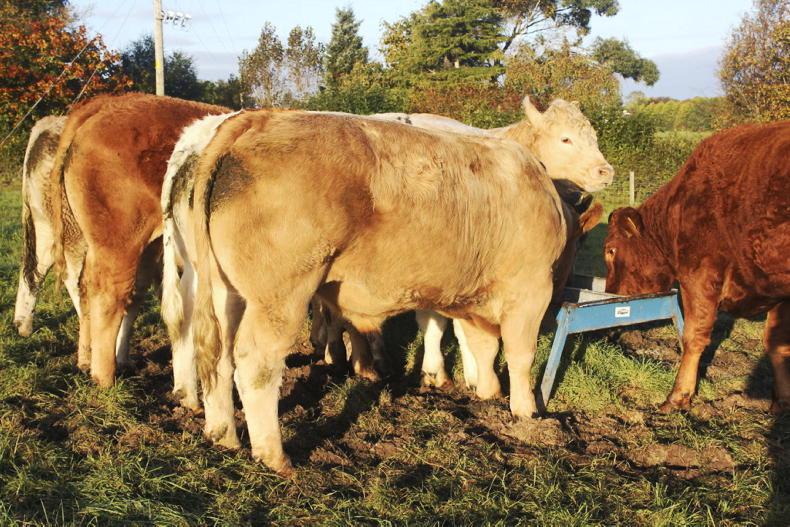

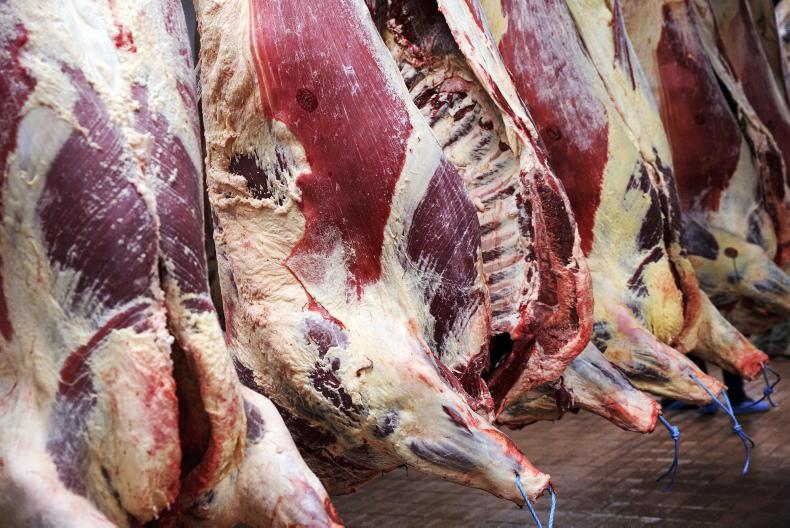

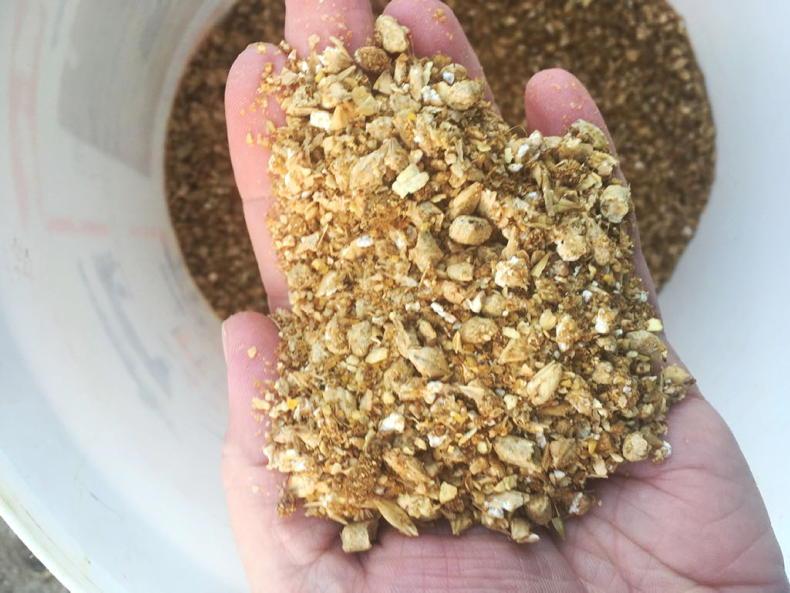
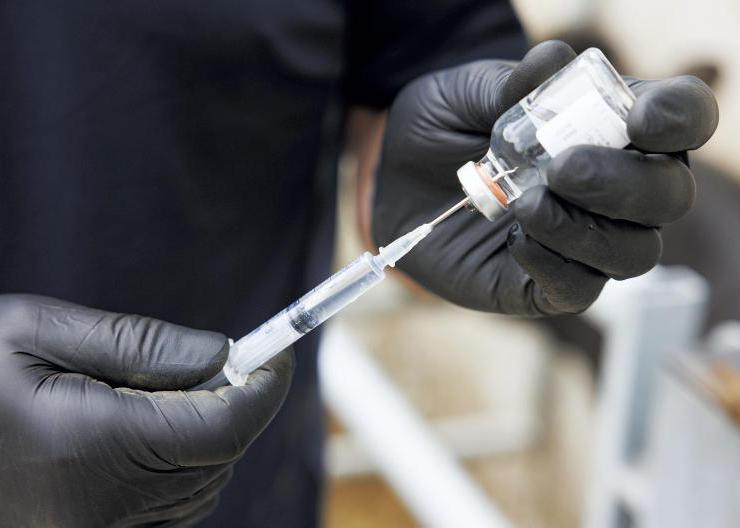
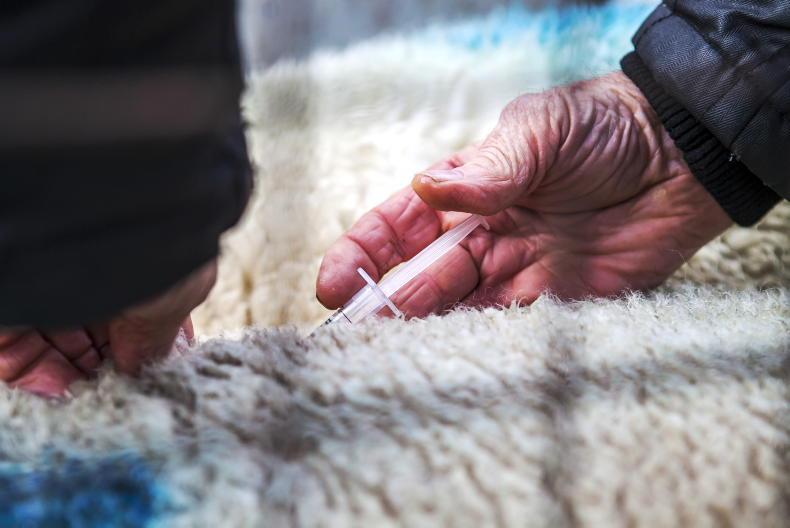
SHARING OPTIONS